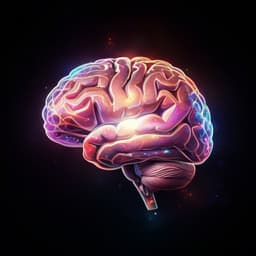
Computer Science
Growth in Knowledge of Programming Patterns: A Comparison Study of CS1 vs. CS2 Students
S. Nurollahian, N. Brown, et al.
This fascinating study by Sara Nurollahian, Noelle Brown, Anna N. Rafferty, and Eliane Wiese delves into how students' understanding of code structures evolves from introductory to intermediate programming courses, revealing surprising gaps that necessitate targeted instructional strategies.
Playback language: English
Related Publications
Explore these studies to deepen your understanding of the subject.







